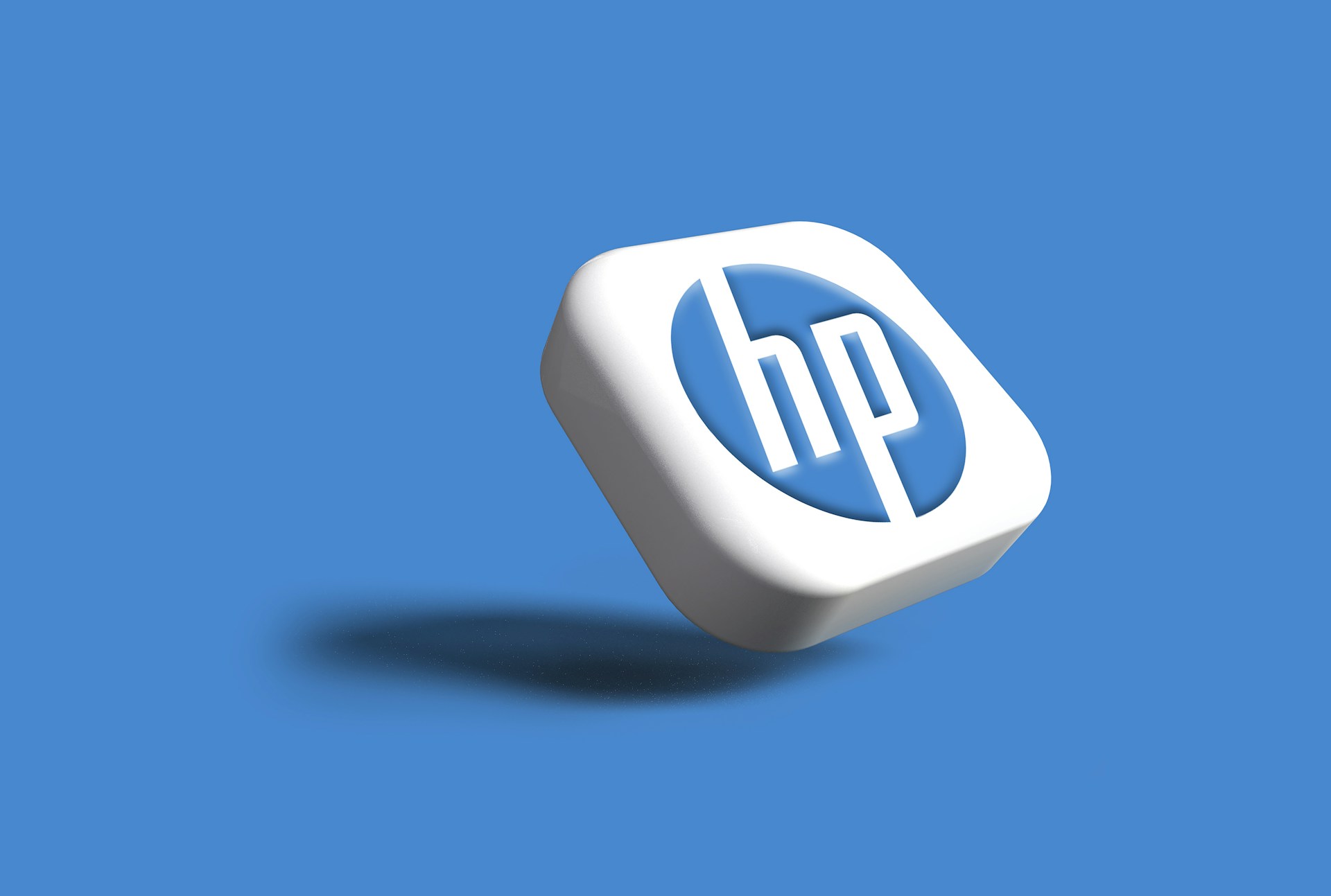HP Inc., a global leader in printing and personal computing, has been at the forefront of driving innovation in technology while simultaneously addressing the environmental challenges posed by the tech industry. Known for its efforts in sustainability, HP has been a pioneer in embedding sustainable practices into its business operations, product design, and supply chain management. With a strong focus on reducing its environmental footprint, HP has committed to ambitious sustainability goals that align with global efforts to mitigate climate change, reduce waste, and promote circular economy principles. In 2024, HP’s sustainability report highlights the company’s continued commitment to creating positive social and environmental impact through its products and services.
HP’s efforts are particularly focused on responsible sourcing of materials, reducing carbon emissions, promoting recycling, and expanding the use of renewable energy. As the world transitions to more sustainable practices, HP has positioned itself as a key player in the tech industry’s journey toward a low-carbon, circular economy.
- HP aims to achieve net-zero greenhouse gas emissions across its value chain by 2040, including Scope 1, 2, and 3 emissions.
- The company has already transitioned to using 100% renewable energy in its global operations as of 2023.
- HP’s products and packaging now contain 100% recycled materials, including its printers and packaging, which are designed for recyclability and reuse.
Source: https://www.hp.com/sustainability
Sustainability Strategy and Goals
HP’s sustainability strategy is built on the core principles of reducing environmental impacts, driving innovation, and promoting social equity. With a mission to create a positive, sustainable impact across its global operations, HP’s sustainability goals focus on advancing circular economy practices, reducing carbon emissions, and utilizing resources responsibly. The company’s overarching goal is to achieve net-zero greenhouse gas emissions by 2040 across its entire value chain. This includes a strong emphasis on Scope 3 emissions, which account for emissions within its supply chain and product lifecycle.
HP has integrated circular economy principles into its product design, aiming for a closed-loop system where products are designed for reuse, remanufacturing, and recycling. The company has introduced several initiatives, including its HP Planet Partners program, which encourages consumers to return used ink and toner cartridges for recycling. HP also focuses on using recycled and renewable materials, with significant efforts in creating products made from ocean-bound plastics and recycled paper.
The company’s goals are aligned with the United Nations Sustainable Development Goals (SDGs), particularly those related to climate action, responsible consumption, and the conservation of oceans and natural resources.
- HP is targeting net-zero carbon emissions across its value chain by 2040, with a focus on Scope 1, 2, and 3 emissions.
- The company has committed to using 100% recycled or renewable materials in its product packaging by 2025.
- HP is on track to reduce its operational greenhouse gas emissions by 50% by 2030, compared to 2019 levels.
Source: https://www.hp.com/sustainability
Key Sustainability Innovations and Technologies
HP has been a trailblazer in incorporating sustainability into product design and innovation. One of the company’s key innovations is its use of recycled materials in its products, including using ocean-bound plastics in the manufacture of laptops, printers, and other devices. HP has been able to integrate more than 25 million pounds of ocean-bound plastic into its products and packaging to date. This helps reduce plastic waste and prevents harmful plastics from entering the ocean.
In addition, HP’s Instant Ink program helps reduce waste by providing a subscription service for ink and toner cartridges. The program ensures that ink cartridges are automatically replenished, reducing the number of empty cartridges thrown away and minimizing unnecessary shipments, ultimately lowering carbon emissions.
The company has also introduced HP Eco Smart technology to its printers, which optimizes energy use and improves the efficiency of its devices. HP’s focus on energy-efficient products extends to its data centers, where the company has implemented energy-saving measures to cut operational costs and reduce its carbon footprint.
- HP has integrated over 25 million pounds of ocean-bound plastic into its products, including laptops, printers, and accessories.
- The company’s Instant Ink program has saved 1.5 billion ink cartridges from landfills, reducing waste and promoting recycling.
- HP’s energy-efficient printers and devices are designed to reduce energy consumption by up to 40% compared to older models.
Source: https://www.hp.com/sustainability/innovation
Measurable Impacts
HP’s sustainability efforts are yielding measurable results in the form of reduced carbon emissions, increased use of recycled materials, and more sustainable product offerings. In 2023, HP was able to reduce its carbon footprint by more than 30% compared to 2015 levels, through a combination of operational improvements and energy-efficient products. The company’s use of recycled ocean-bound plastic in its products and packaging has helped divert tons of plastic waste from entering the ocean.
HP has also made significant strides in reducing its environmental impact in its supply chain, including partnerships with suppliers to source sustainable materials and reduce emissions. The company’s commitment to renewable energy has led to the achievement of 100% renewable energy in its global operations by 2023. Moreover, HP has introduced a closed-loop recycling system for its printers, which allows customers to return used printer cartridges, ink, and toners for recycling, thus contributing to a circular economy.
- HP reduced its carbon footprint by over 30% between 2015 and 2023 through energy efficiency, renewable energy, and circular economy efforts.
- By using ocean-bound plastics, HP has kept more than 50 million pounds of plastic from polluting the ocean.
- The company’s renewable energy transition has cut its emissions by 1.5 million metric tons annually.
Source: https://www.hp.com/sustainability/impact
Challenges and Areas for Improvement
Despite its significant progress, HP faces several challenges as it works toward achieving its sustainability goals. One of the primary challenges is the continued reliance on certain non-renewable materials in the manufacturing of some of its products. While HP is committed to using recycled materials, there remains a need for more sustainable sources of raw materials in the tech industry, particularly in areas like metals and plastics.
Another challenge is the growing demand for electronics and the rapid pace of technological innovation. As products become more advanced, managing the environmental impact of their production, use, and disposal is increasingly complex. HP continues to invest in new technologies and materials to address these challenges, focusing on making products more energy-efficient and long-lasting.
HP also faces challenges in the logistics and supply chain areas, where carbon emissions and transportation impacts remain significant. The company continues to work with its suppliers to reduce emissions and improve environmental practices across the entire value chain.
- HP is working to reduce its reliance on virgin materials in production, aiming to increase the use of recycled materials in its products by 50% by 2025.
- The company aims to reduce the carbon emissions from its supply chain by 30% by 2030, through improved logistics and supplier engagement.
Source: https://www.hp.com/sustainability
Future Plans and Long-Term Goals
HP’s long-term sustainability goals are focused on achieving net-zero emissions by 2040 and further increasing the use of recycled and renewable materials in its products and packaging. The company plans to continue to innovate in the field of energy-efficient technology, with an emphasis on reducing its products’ carbon footprint through the entire lifecycle, from manufacturing to end-of-life recycling.
HP is also focusing on driving circular economy models, including expanding its reuse and recycling programs, and increasing the amount of ocean-bound plastic used in its products. Furthermore, HP is investing in sustainable product design that reduces energy consumption, limits resource depletion, and increases recyclability.
- HP aims to achieve net-zero emissions by 2040 and reduce its use of virgin materials in production by 50% by 2025.
- The company plans to expand its recycling programs and collect more used products for reuse and remanufacturing.
- HP intends to use 100% recycled or renewable materials in all of its product packaging by 2025.
Source: https://www.hp.com/sustainability
Comparisons to Industry Competitors
HP’s sustainability efforts are in line with other leading tech companies, such as Dell Technologies, Apple, and Lenovo, all of which have committed to reducing carbon emissions and using more sustainable materials in their products. However, HP stands out with its focus on integrating circular economy practices into its product design and packaging. The company’s use of ocean-bound plastics in its products is a notable differentiator.
Key Competitors:
- Dell Technologies: Dell is committed to reducing its carbon footprint and increasing its use of recycled materials, similar to HP. Dell’s “Circular Design” approach focuses on reducing waste and improving the reuse of materials in its products.
- Apple: Apple has been a leader in sustainability, with a commitment to becoming carbon neutral across its entire supply chain by 2030. Apple’s products are made using recycled materials, and the company has committed to creating a closed-loop supply chain.
- Lenovo: Lenovo has focused on energy-efficient products and the use of recycled materials in its laptops and PCs. The company aims to reduce its carbon footprint by improving operational efficiencies and using renewable energy.
- Dell has committed to achieving net-zero greenhouse gas emissions by 2050 and has already reduced emissions by 30% since 2010.
- Apple is aiming to achieve carbon neutrality across its entire supply chain by 2030.
- Lenovo aims to reduce its carbon emissions by 50% by 2030 and become carbon neutral by 2050.
Source: https://www.delltechnologies.com/en-us/sustainability.htm, https://www.apple.com/environment/, https://www.lenovo.com/us/en/sustainability/
Our Thoughts
HP has demonstrated a strong commitment to sustainability and environmental responsibility, setting ambitious goals and making tangible progress in reducing carbon emissions, improving energy efficiency, and increasing the use of recycled materials. With its focus on circular economy practices and innovation in sustainable product design, HP is well-positioned to lead the technology industry toward a more sustainable future.
While challenges remain, particularly with scaling circular economy models and addressing supply chain emissions, HP’s comprehensive approach to sustainability is a model for the industry. As the company works toward its net-zero emissions goals and continues to innovate in clean technology, it will play a crucial role in shaping the future of sustainable technology.






